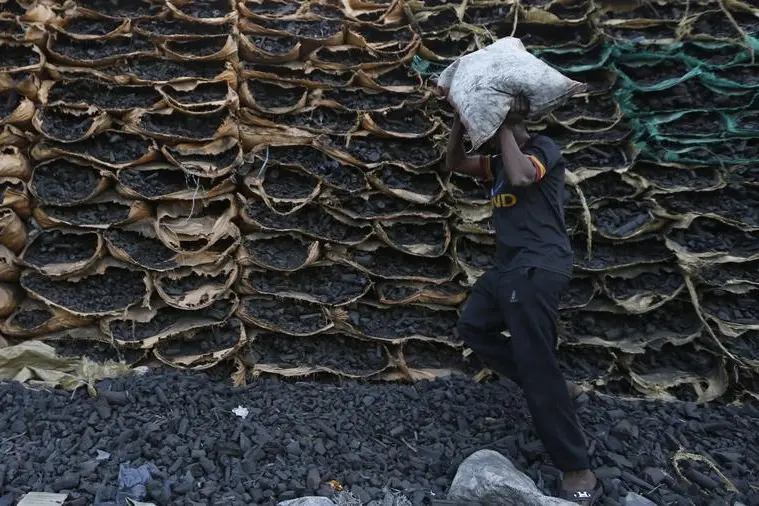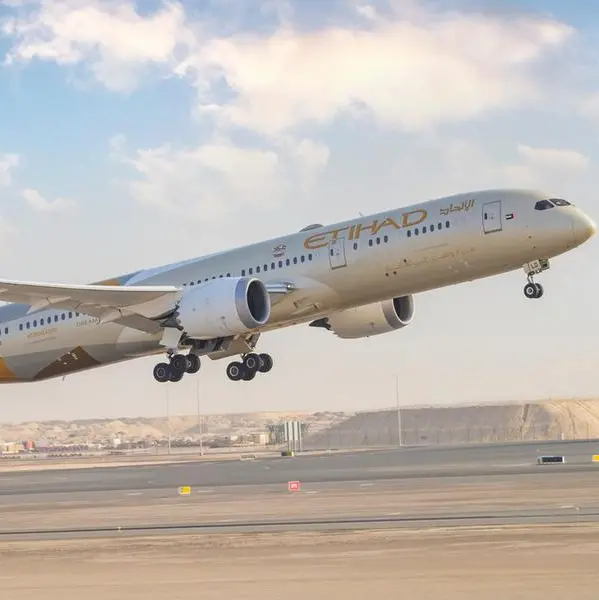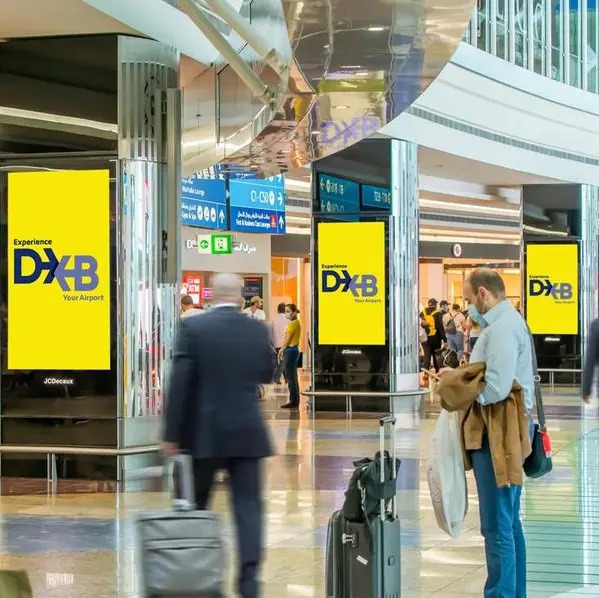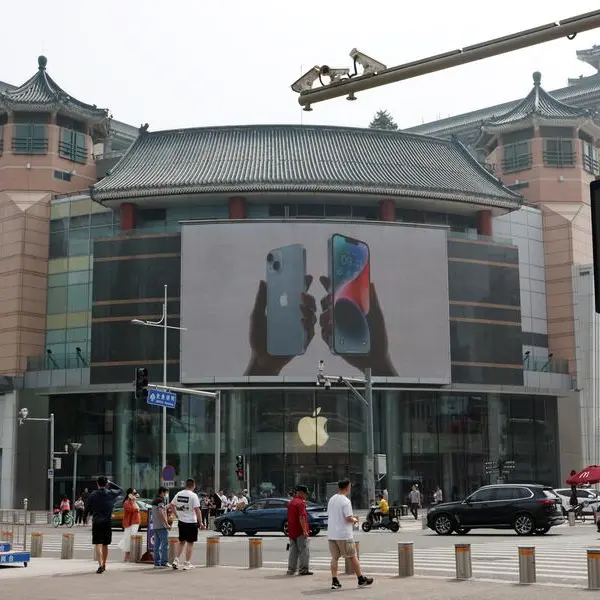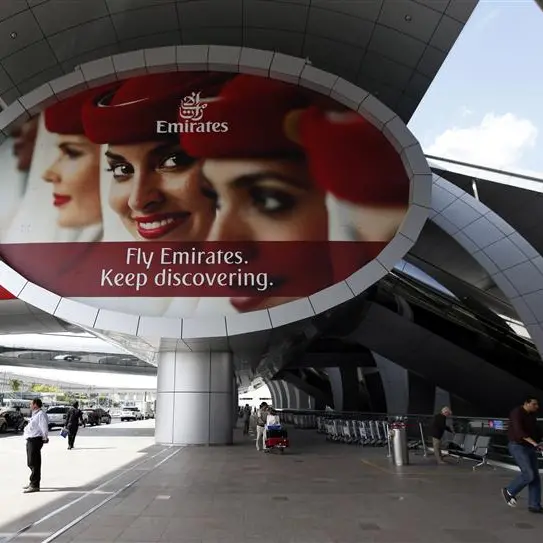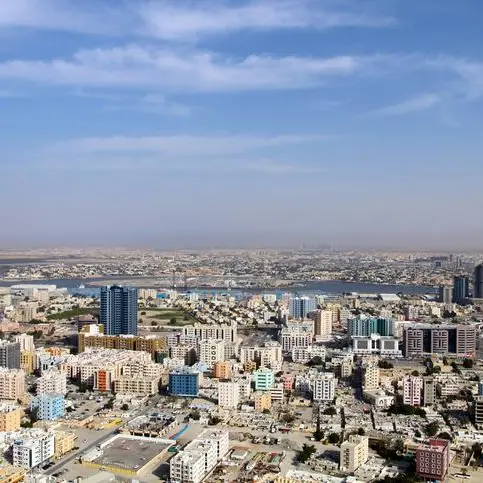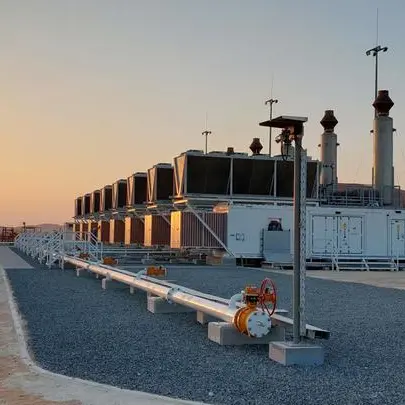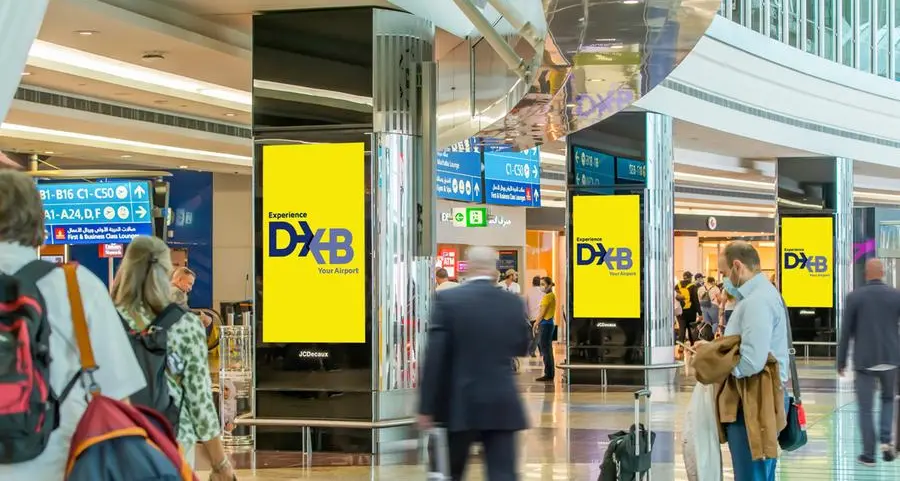PHOTO
RIYADH: Saudi Arabia’s mining strategy has always been ambitious, experts say. According to them, the Kingdom’s core economic message is clear. By 2030, the mining sector aims to be the third pillar of the country’s industry, using the wealth of mineral resources to attract local and global investment.
Experts say this is not only because of the ease of access for private sector investors, but also through acknowledgment that the Kingdom provides unique prospects, such as a wide variety of minerals and metals in abundance, tax incentives, legislation providing easy access to mining licenses and a premium labor force.
The vision pushes beyond economic growth in its desire to not only grow the country’s gross domestic product, but provide for the Kingdom’s people through the growth of underdeveloped areas, the creation of hundreds of thousands of jobs and provide prosperity within local communities.
While there have been challenges in the past, a series of major mining initiatives — some of which have already been completed — have laid the foundations for the industry to highlight its abilities in serving local communities.
Some of these projects have become destinations in their own right, showing the intersection where technology, industry and social upliftment meet.
Take for example, Wa’ad Al-Shamal, the Promise of the North. Established as a promise to the people of the then-underdeveloped Northern Borders Region by the Kingdom, the project was always about improving the lives of the people living there. Seven years since construction began, Wa’ad Al-Shamal has become one of the Kingdom’s mining centers. Wa’ad Al-Shamal has already created 20,000 jobs, and will become a community of its own, with a hundred housing units, a massive road network, water and sanitation infrastructure, and shopping and recreational centers.
Once the next development phase is complete, the Kingdom is set to become the world’s second-largest producer of phosphate fertilizers and an agricultural export giant, a key aspect in the country’s development and reform plan, Saudi Vision 2030. Beyond this, the mining hub has also blossomed into a power generation facility that provides electricity to more than 500,000 homes. Earlier this year, Wa’ad Al Shamal’s electrical facilities were awarded a five-star rating by the Saudi Electric Company for environment, health and safety performance — even in the wake of the pandemic.
“The desire to create a top-notch industry is personified in Wa’ad Al-Shamal, and it has shown the importance of combining technological advancements, our own growth and experience within the sector and the desire to see our people flourish. These cities are an example of how a mining operation and a community can be in symbiosis, aiding in each other’s development,” said Khalid Al-Mudaifer, deputy minister of mining affairs.
Equally ambitious has been the continued growth of the Ras Al-Khair Mineral Industrial City. Not only does it operate as a residential, power generation and mining hub in the east of the Kingdom, the city acts as a one-stop-shop in processing 740,000 metric tons of aluminum annually through its use of the largest aluminum smelter in the world. When it was first launched in 2016, the 90 square kilometer area was already housing 12,000 workers, and was the first site in the country that was equipped with the infrastructure to access the phosphate stores that had been waiting 35 million years to be harvested.
“We hope that these centers of industry, Ras Al-Khair and Wa’ad Al-Shamal, will set the benchmark for future mining projects in the Kingdom of Saudi Arabia. Through private sector investment – locally and globally – we hope that we can see other hubs emerge that will provide further opportunities to provide job opportunities for our youth and create new value chains that will enhance community growth and development. This alongside the development of infrastructure and digital mining technologies that will continue to improve the already high standards of safety, sustainability and overall efficiency,” said Al-Mudaifer.
Beyond the continued bids to bring in industry investment and facilitate growth across the sector, the ministry’s overall strategy continues to evolve, Al-Mudaifer added. He said that as changes to legislation ease the investment process, there are also numerous committees and collaborations with the Ministry of Investment to push for rapid growth of the sector.
“There is a determination, an institutionalized determination, to increase investor attraction. It has become simpler than ever before for investors to invest, which we believe is unique in this region,” he said.
Copyright: Arab News © 2020 All rights reserved. Provided by SyndiGate Media Inc. (Syndigate.info).
